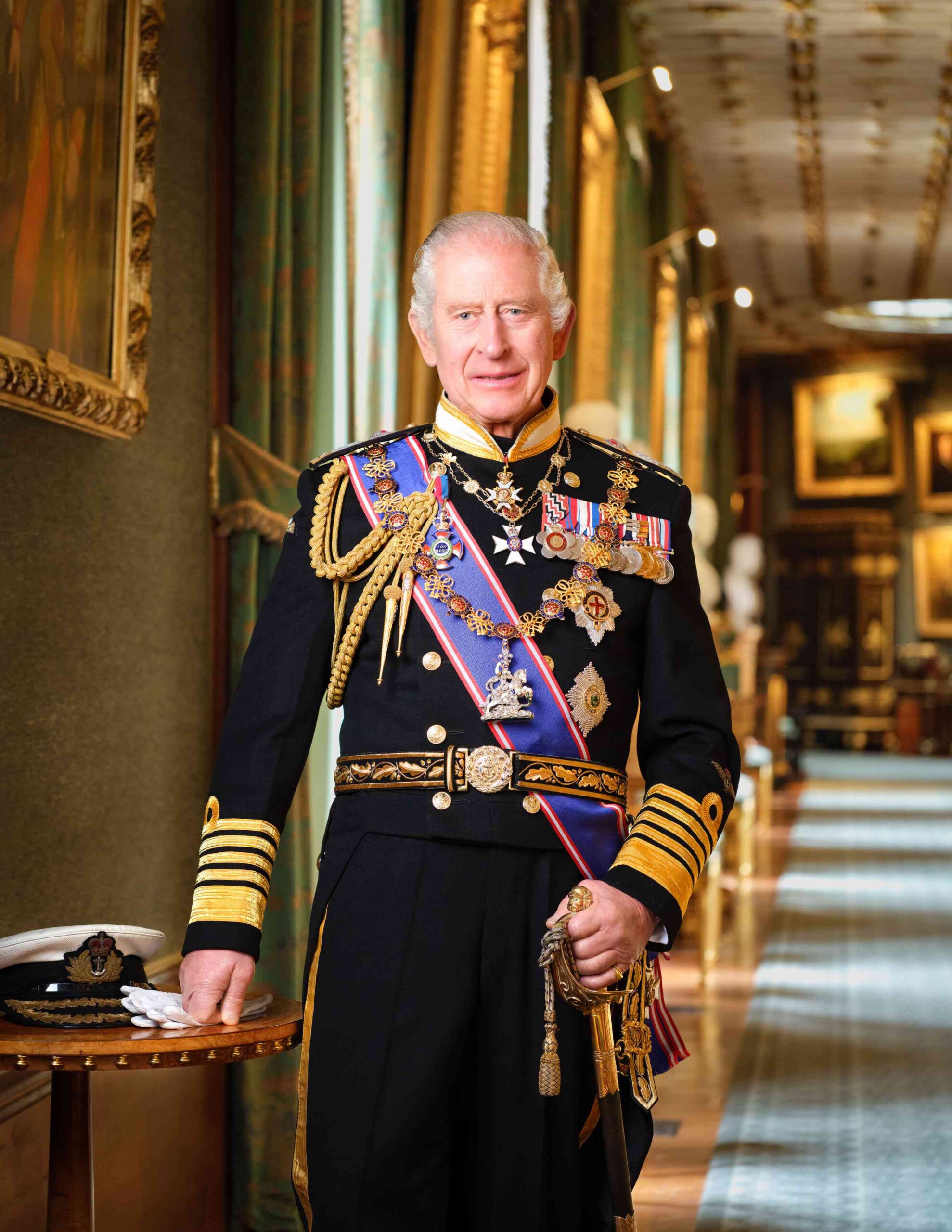CELEBRITY
King Charles “Protected” His Nieces, Princess Beatrice and Princess Eugenie, in Handling Prince Andrew’s Demotion, Royal Sources Say

The royal household has recently witnessed a significant shift: Prince Andrew, Duke of York, announced that he will no longer use his ducal title nor the honours conferred upon him, following discussions with King Charles and his wider family.
This decision comes in the wake of renewed scrutiny around Andrew’s past associations and the impact these have on the wider reputation of the monarchy.
While the demotion (or voluntary relinquishment) of Andrew’s formal royal roles might be seen as directed at him, what has drawn attention is the deliberate manoeuvre by the King to buffer his nieces, Princess Beatrice and Princess Eugenie, from negative ramifications.
Several royal-sources-cited reports suggest:
The King was keen for the sisters’ status — as princesses, their styling (“Princess of York”) and place in the family — to be preserved, despite their father’s downward shift.
The News
The choice of phrasing matters: Andrew’s titles were placed into “abeyance” rather than formally stripped, thereby reducing collateral damage to the daughters’ titles.
theroyalobserver.com
The King is said to hold the sisters “in high affection” and to have had in mind their continued inclusion in family events and gatherings, even as their father’s standing changed.
Why the Strategy Matters
Preservation of Titles and Style
Beatrice and Eugenie were born royal princesses daughters of a son of the monarch and were styled accordingly. Their titles are not simply derivatives of their father’s post; their birthright remains.
The King’s decision to avoid a formal parliamentary act to strip Andrew preserves this counter-factual of damage to his nieces’ status.
Public and Family Reputation Management
The monarchy is increasingly attentive to perceptions of fairness, decency and continuity. By ensuring the sisters were not unduly penalised for their father’s mis-steps, the King sends a message of family cohesion and stability rather than indiscriminate censure.
Protecting the Monarchy’s Future
While Andrew’s role was declining and his public duties had already been greatly curtailed, the nieces remain part of the extended royal network, and their reputation is linked albeit less publicly to the institution’s image. Shielding them helps minimise risk to the broader brand of the monarchy.
Key Elements in the Handling
Voluntary surrender rather than forcible removal: Reports suggest Andrew was given the option albeit under pressure to step aside. The King reportedly made clear that an outright stripping of titles was an option if Andrew did not comply.
Framing the process as family duty: Andrew’s public statement emphasised that the decision was made “in discussion with The King, and my immediate and wider family” and that he wished his duty to his family and country to come first.
Insistence that the daughters be unaffected: As one royal expert put it, the King was “careful to ensure that Beatrice and Eugenie’s status would not be impacted.”
The Position of Beatrice and Eugenie
Although both sisters are not currently “working royals” (in the sense of full-time engagements on behalf of the monarchy), they continue to appear at family occasions and remain part of the royal framework.
They remain styled as Princess Beatrice of York and Princess Eugenie of York, and they continue to hold their places in the line of succession.
However, observers note that without major public roles, their long-term standing within the monarchy remains uncertain. Some reports suggest future reforms may affect how such “non-working” royals are styled or positioned once the next generation ascends.
Cosmopolitan
Implications and Observations
The King’s approach suggests a nuanced balancing act: taking decisive action to protect the institution and its public standing, while avoiding unnecessary collateral damage to family members uninvolved in wrongdoing.
It reflects the growing tendency of the monarchy to manage risk and reputation proactively, rather than reactively.
For Beatrice and Eugenie, the move signals that they remain supported and valued by their uncle, potentially offering them continuity of royal identity even as their father’s role diminishes.
Yet, the fact they are non-working royals opens questions about how their roles will evolve, especially if broader royal streamlining occurs.
Conclusion
King Charles’ handling of Prince Andrew’s demotion appears less a punitive family purge and more a carefully calibrated decision designed to protect the monarchy and his nieces. By ensuring Princess Beatrice and Princess Eugenie retain their titles and are shielded from the full fallout of their father’s situation, he demonstrates a strategic mindset that acknowledges both familial ties and institutional imperatives.
How the sisters themselves will navigate their roles going forward and how the monarchy chooses to define the status of such members in an evolving royal landscape remains a subject to watch.










